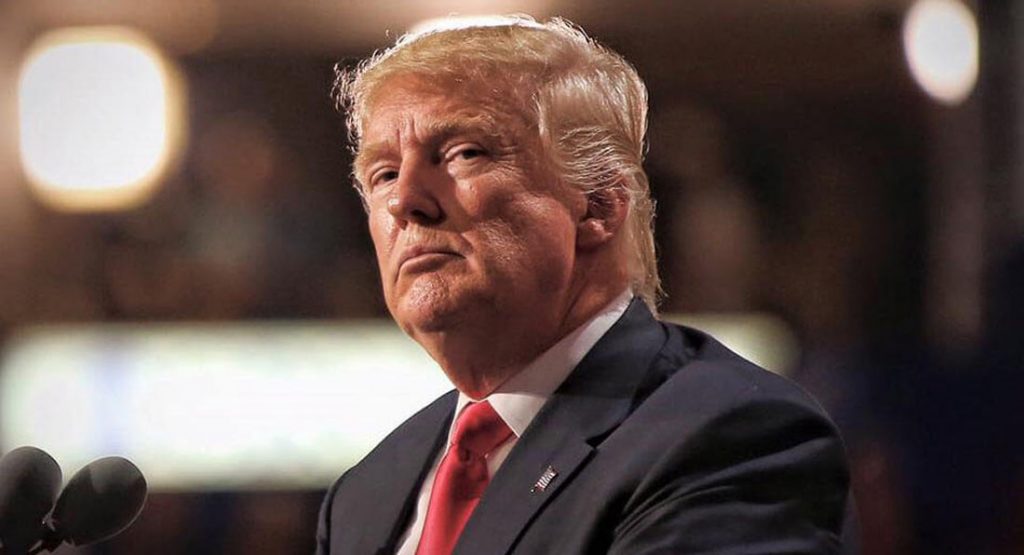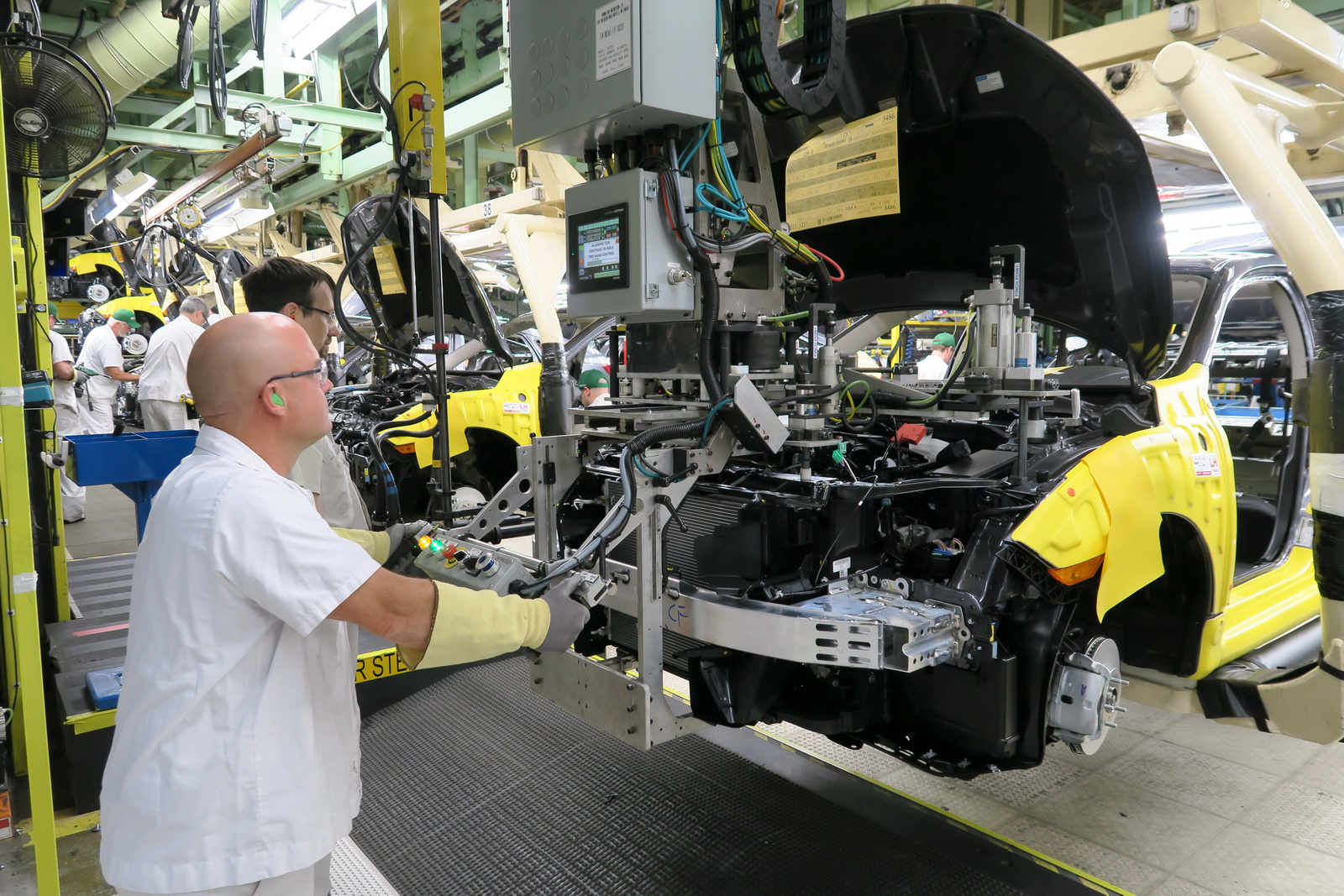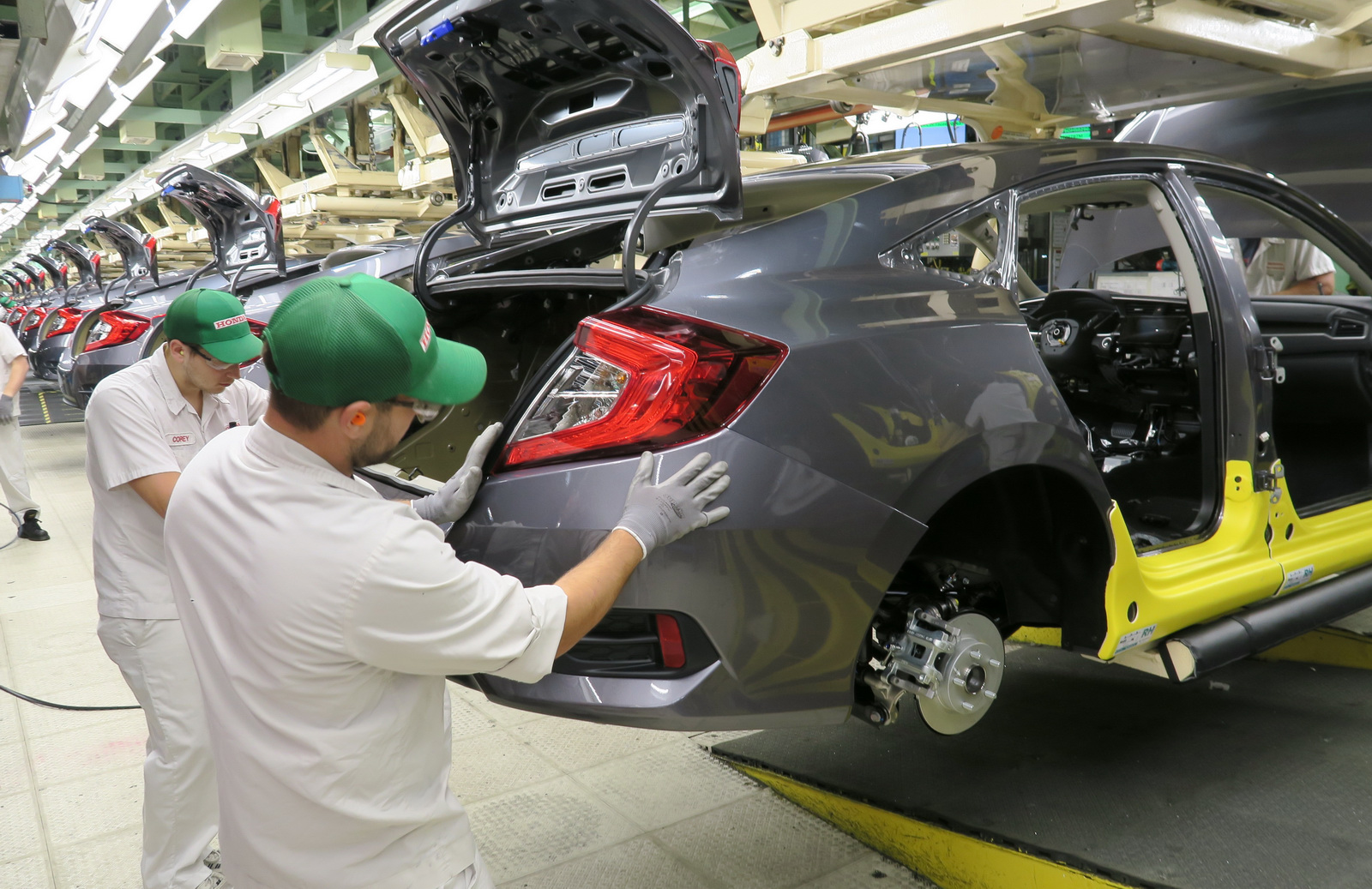The North American Free Trade Agreement (NAFTA) is no more. In its place is the United States-Mexico-Canada Agreement (USMCA). This is how it will impact the automotive industry.
“It’s not Nafta redone, it’s a brand-new deal,” President Trump told reporters at the White House on Monday.
Under the new deal, a multitude of changes promise to shake up the manufacturing of vehicles across North America. Starting in 2020, USMCA will force car manufacturers in North America to build vehicles with at least 75 per cent of their parts coming from within the continent to qualify for zero tariffs. Under NAFTA, this figure was set at 62.5 per cent.
Additionally, up to 40 per cent of a vehicle’s parts sourced from North America by 2023 must come from a “high wage” factory. The new agreement specifies that these factories must pay their workers a minimum of $16 an hour, roughly triple the current minimum wage at Mexican car factories. These alterations aim to encourage automakers to shift production away from Mexico and to Canada or the United States instead.
Elsewhere, the new deal stipulates that trucks crossing the border from Mexico into the United States must meet higher safety regulations and Mexican workers will be afforded the ability to form unions.
For now, President Donald Trump’s 25 per cent tariff on Canadian steel remains in place. According to the Washington Post, the two countries are still discussing the removal of these tariffs.
Bumping up salaries for workers in Mexico is commendable. However, some automotive analysts believe that the new provisions won’t only increase the cost of vehicles for American consumers but also encourage car manufacturers to move production outside of North America and to countries like China.
As The New York Times notes, one final change made to the deal are side letters which grant exemptions from any future American tariffs to 2.6 million imported passenger vehicles from both Canada and Mexico. This figure is greater than the number of vehicles which Mexico and Canada currently export to the United States.






